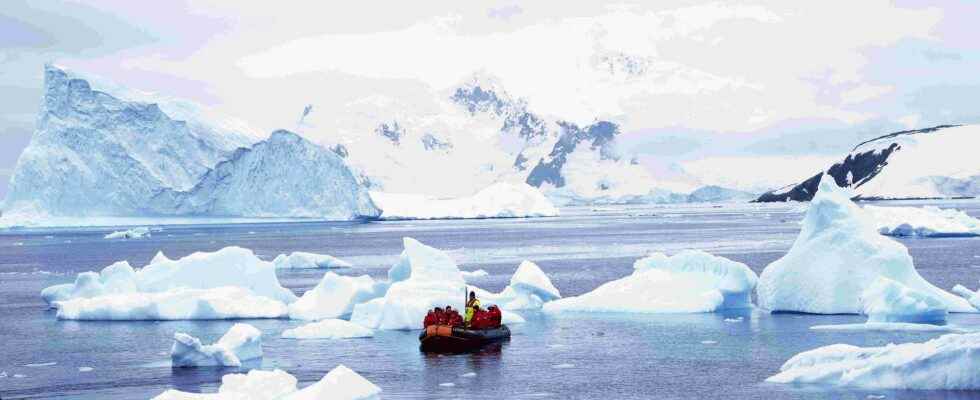You will also be interested
[EN VIDÉO] Sea levels could rise almost a meter by 2100 Altimetry satellites are a good way to accurately measure sea level rise due to climate change. In orbit, they witness the most subtle changes and can pick them up with millimeter precision. The Cnes (National Center for Space Studies) tells us more during this video.
According to a study published in NatureCommunicationsthe researchers found that sea level rise has clearly passed the stage of natural variability as early as 1863. Unsurprisingly, this is also when the first effects of global warming began to be felt in the oceans, as well as the melting of glaciers, directly related to human activity. The warming of the oceans and the melting ice are the two main causes of sea level rise.
For 1,700 years, the study shows that the global sea level has undergone regular but small variations: the level has lost up to 0.3 millimeters and gained up to 0.2 millimeters. Between 1700 and 1760, just before the Industrial Revolution and the massive use of fossil fuels, the sea level has fallen by 0.1 millimeter.
A radical change then took place between 1940 and 2000 since the global level of the sea suddenly rose by 1.4 millimeters per year! This 60-year interval (1940 to 2000) demonstrated an unprecedented acceleration in sea level rise that exceeds anything that has happened in nearly 2,000 years. Archaeological studies, sediment analysis and geochemistry show that the North Atlantic Ocean is the area where this acceleration first occurred. North of the Atlantic Ocean, this sudden acceleration took place from the middle of the 19and century, more precisely between 1820 and 1860 according to the latest IPCC report. In the rest of the Atlantic Ocean, on the other hand, the acceleration did not begin until the middle of the 20thand century.
The link between global warming and sea level rise
Remember that the use of fossil fuels (gas, oil, coal) releases large amounts of greenhouse gas : I’ozonethe carbon dioxidewater vapor, methane and the nitrous oxide are the main gases contributing to this greenhouse effect which forms a “lid” in the atmosphere, trapping part of the heat on Earth. In addition to the melting of land ice, the warming of the oceans leads to a dilation some water. According to Conservation-Nature“ the rise in the level of the oceans is linked for 1/3 to the dilation of the oceans, and for 2/3 to the melting of mountain glaciers and polar caps ». This melting is mainly noticeable in the polar regions of theArctic and of theAntarctic. ” The total melting of Antarctica would be equivalent to a rise in sea level of the order of 60 meters to which should be added the melting of Greenland, of the order of 7 meters more”, announcement Conservation-Nature. According to latest IPCC report published in August 2021, we can expect an average rise of 50 centimeters by the end of the century, and 2 meters by 2300, or even before.
This increase will result in the disappearance under water of certain lands, leading to the migration of million climate refugees and increased risk of submersion navy in case of storm orhurricane.
Interested in what you just read?
